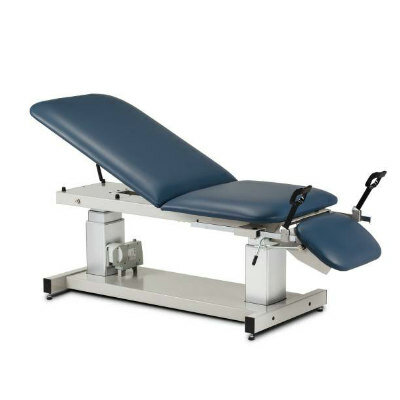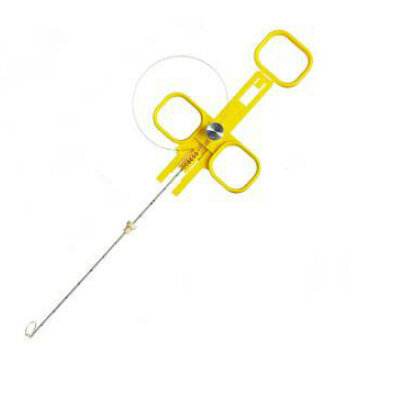Children Often Exposed to Unnecessary Radiation After Sports-Related Injuries
By MedImaging International staff writers
Posted on 19 May 2014
A new study of children with suspected sports-related head injuries revealed that emergency room visits have increased since the US state of Utah concussion law passed in 2011, along with an upsurge in head computed tomography (CT) scanning—leading to potentially unnecessary radiation exposure. Posted on 19 May 2014
The study’s findings were presented at the Pediatric Academic Societies conference in Vancouver (BC, Canada), in May 2014 by William McDonnell, MD, JD, associate professor of pediatrics at the University of Utah. The study, completed by Dr. McDonnell and other University of Utah (Salt Lake City, USA) faculty, examined Intermountain Healthcare’s emergency department database for 19 hospitals in Utah between September 1, 2009, and September 1, 2012. Researchers set out to determine if the number of children and teenagers with suspected sports-related head injuries between ages 6 and 18 who came to hospital emergency rooms (ERs) changed, if the number of CT scans increased, and what those scans revealed.
Similar to 48 other states, Utah passed a concussion and youth sports law intended to protect children. Utah’s law states that a youth suspected to have a concussion or traumatic head injury must be removed from play, evaluated by a qualified medical professional, and cleared before he or she can return to play. “It sounds so reasonable to everyone,” Dr. McDonnell said. “And we all want to treat children's injuries, and prevent them whenever possible; for that reason [these kinds of laws] have flown through state legislatures.”
Comparing ER visits before and after the law, the researchers found that the number of children coming in for a suspected sports-related head injury went up 43% in one year after the law was passed. The total number of CT scans on these children increased 17%.
Of the scans completed on 61 additional children in the year after the law was passed, 54 were negative—meaning the child’s head was not seriously injured. Contrarily, a few more serious head injuries were identified. The study is ongoing. “What I don’t want this study to come across as is saying concussions don’t matter,” Dr. McDonnell said. “They definitely do—but the important thing is to treat them medically correctly.”
The researchers are not ready to advise whether Utah should change its law. However, they believe that legislators and state health policy makers need to consider the effects of the law. “We think people need to recognize there are costs and benefits,” Dr. McDonnell concluded.
Related Links:
University of Utah














